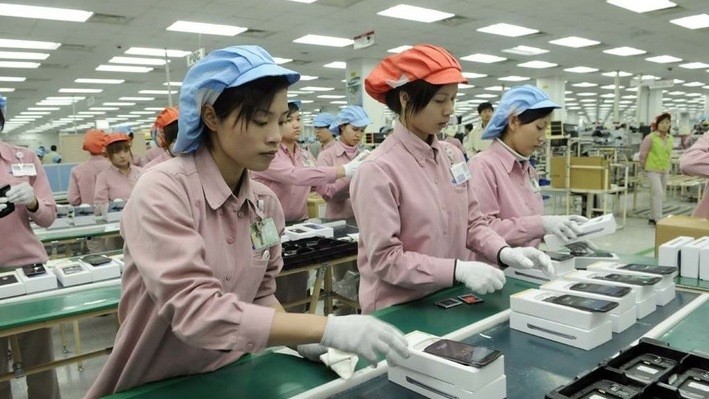The Republic of Korea (RoK) remained the leading investor in Vietnam, with a total registered capital of US$2.32 billion in the four-month period, accounting for 28.7% of the total FDI capital in Vietnam. Japan came in second with a total registered capital of approximately US$1.29 billion, occupying 16% of Vietnam's total FDI capital.
So far, Vietnam has attracted over US$60 billion worth of FDI capital from the RoK and US$50 billion worth of FDI capital from Japan. Besides making the most of the established trade, invest and tourism promotion channels, it is necessary to encourage new ideas and initiatives to attract more FDI from these two countries.
In addition, Vietnam should map out a strategy to attract investment from other potential markets in order to diversify and enhance the quality of FDI inflows.
According to experts, the US and the EU remain the world's largest FDI markets with many potential investors possessing modern technology and services which are conformable to the investment attraction directions of Vietnam.
However, investments in Vietnam by the US and the EU have yet to meet the FDI capital potential that the two countries have invested in other countries in the world.
The US has registered to invest nearly US$12 billion in Vietnam, while the two-way trade revenue between the two countries has reached over US$50 billion. 24 out of 28 EU countries have invested a mere US$24 billion in Vietnam, less than half of the RoK's FDI in Vietnam.
The flow of FDI capital from the US and the EU in Vietnam has thus far not matched the potential and expectations of both sides. According to experts, when the free trade agreement (FTA) between Vietnam and the EU is signed, there will have plenty of opportunity to increase FDI from the EU into Vietnam.
Regarding the US, a bilateral trade agreement with Vietnam or the possibility of the US’s return to the Comprehensive and Progressive Agreement for Trans-Pacific Partnership (CPTPP) will also provide an opportunity for Vietnam to attract more investment from the country. But the matter is whether Vietnam can take advantage of these opportunities.
In fact, foreign investors, especially those from the US and the EU, often require a transparent and consistent investment and legal environment as well as convenient administrative procedures.
Therefore, the prospect of attracting more FDI from the US and the EU depends on Vietnam’s fulfilment of the investors' requirements for an open, transparent and predictable legal system and the strict requirements of the world's leading multinational corporations on intellectual property, anti-corruption, and law enforcement, in addition to a facilitative administrative apparatus.
















